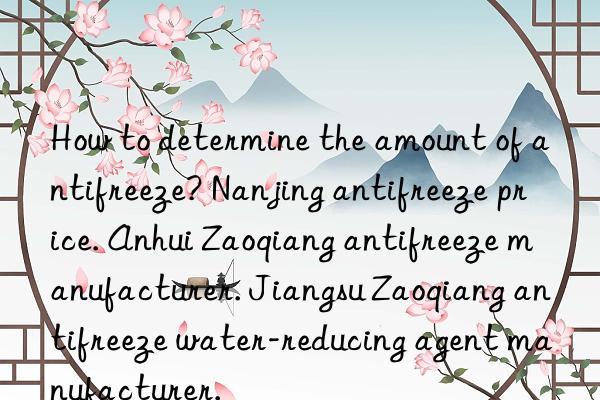
1. Antifreeze dosage: add 4~5% of the cement weight.
2. Before mixing, rinse the mixer with hot water or steam. First add sand, gravel and hot water and stir for about 1 minute, then add cement and antifreeze and stir for 3 minutes. The temperature of the mixing water is determined by ensuring that the concrete entering mold temperature is ≥10°C.
3. Sand and stones should be covered with canvas or plastic sheeting to prevent the sand and stones from freezing. The cement must not be heated directly and should be transported to a greenhouse for storage one day before use to keep it at a positive temperature.
4. Before pouring concrete, remove ice, snow and dirt from the formwork and steel bars. Do not use steam to melt ice and snow directly to avoid refreezing. The exposed surface of the newly poured concrete should be covered with plastic film and insulation materials in a timely manner, and the operation should be continued according to the principle of pouring, vibrating and covering.
5. For cement, use Portland cement or ordinary Portland cement with a strength grade of 32.5 or above. Sand and stones must be clean and sieved, and must not contain ice, snow and other frozen substances and substances that are easy to freeze and crack.
6. Mixing of concrete mixed with antifreeze should comply with the following regulations:
① Strictly control the amount of antifreeze and the water-cement ratio, and the moisture and antifreeze brought in by the aggregate The water in the solution should be deducted from the mixing water.
②The exit temperature of concrete mixture mixed with antifreeze shall not be lower than 15℃ in severe cold areas; and shall not be lower than 10℃ in cold areas. The mold entry temperature shall not be lower than 10°C in severely cold areas and shall not be lower than 5°C in cold areas.



 微信扫一扫打赏
微信扫一扫打赏
